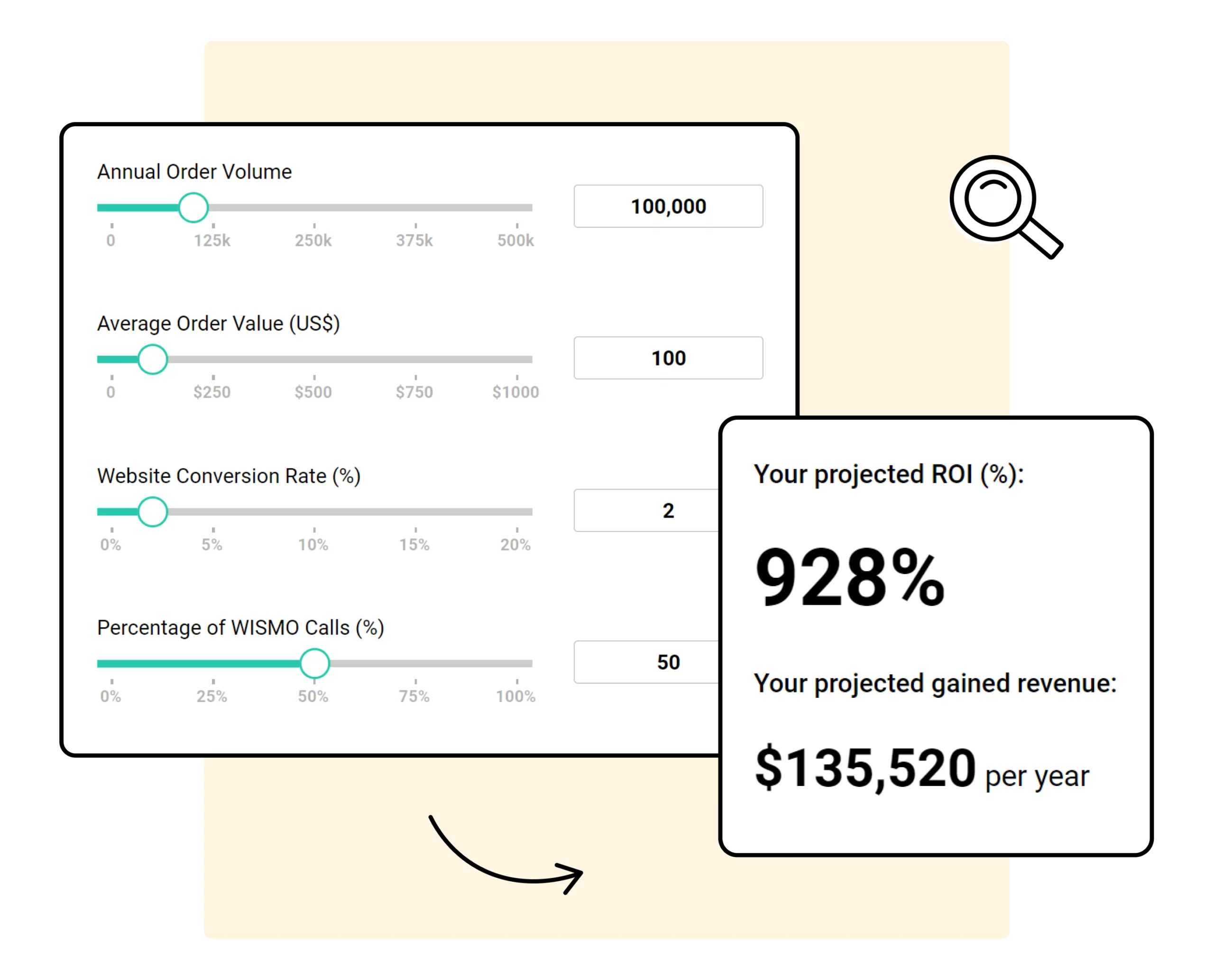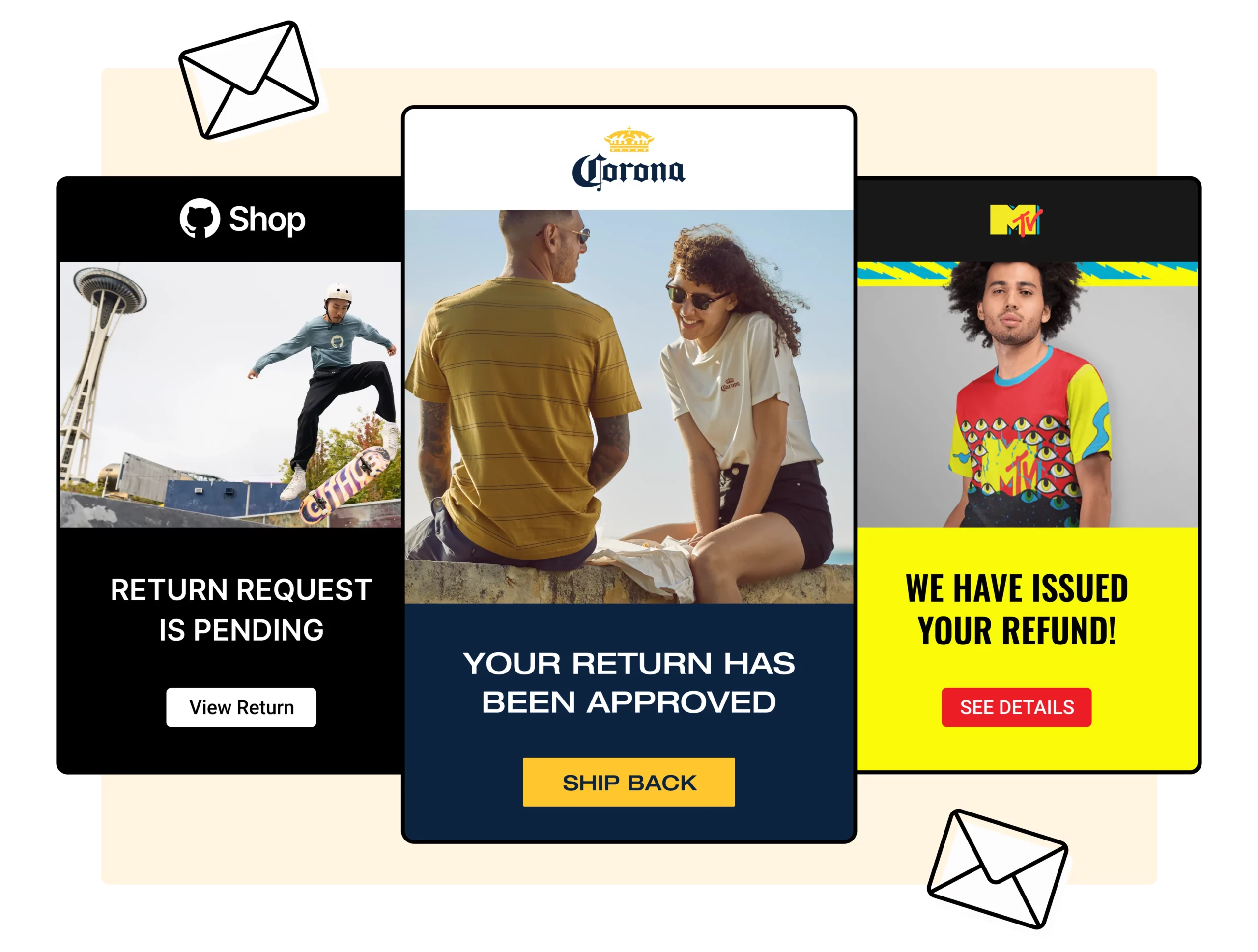
Maximizing Customer Satisfaction During the Holiday Season
With the right strategies, businesses can maximize customer satisfaction and sales during this critical period. Ready to unwrap the secrets of holiday success? Let’s journey into the bustling world of holiday retail.


















